#whale shark (rhincodon typus)
Text

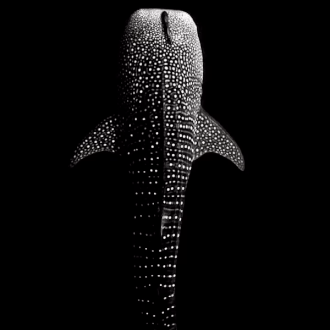
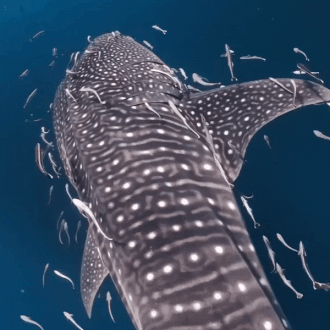


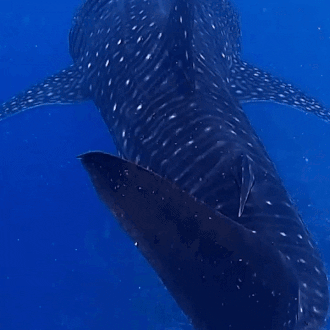



a whale shark stimboard for anon!
🐋-🦈-🐋 / 🦈-🐋-🦈 / 🐋-🦈-🐋
#stim#stimboard#whale sharks#sea creatures#sfw#whale shark#blue#black#white#teal#underwater#animals#fish#rhincodon typus#chondrichthyans#divers#people#swimming#water#oceans#marine life#carpet sharks#nature#ishy gifs#postish#requests
2K notes
·
View notes
Photo

Despite being the world's largest fish, whale sharks (Rhincodon typus) are still poorly understood, and in spite of researchers though these big fishes were pasive feeders, filtering they food from the water, now researchers have found evidence of whale sharks engaging in bottom-feeding behaviours.
This event took place near La Paz, in southern Baja California, Mexico, a well know place as a whale shark hotspot, and was recorder by local guides, providing crusial information on this unknown behaviour never seen in whale sharks. Despite is still unknown what whale sharks might eat in this seafloor foraging, it is likely they feed on small benthic crustaceans.
video can seen here
Reference: Whitehead & Gayford (2023). First record of bottom‐feeding behaviour in the whale shark (Rhincodon typus). Journal of Fish Biology.
#whale shark#Rhincodon typus#shark#elasmobranch#science#marine biology#gif#sciblr#scienceblr#bioblr#biologyblr#biology#behavior
1K notes
·
View notes
Text



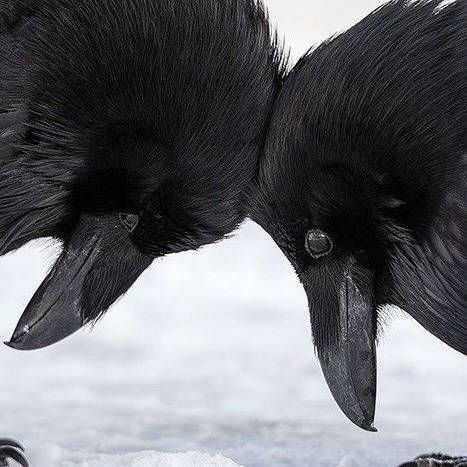
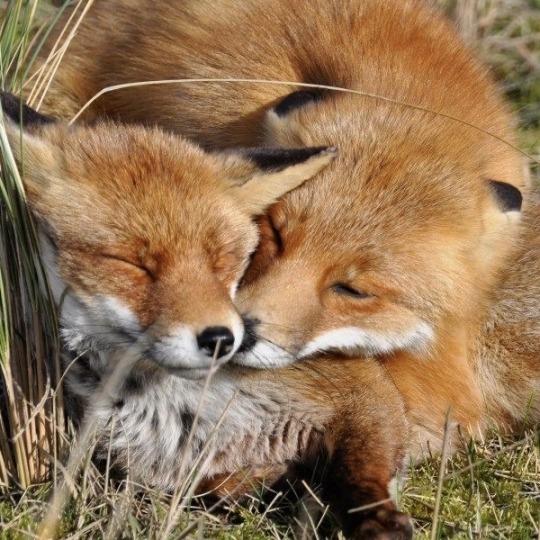

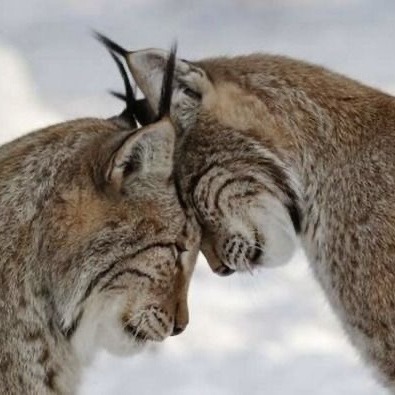


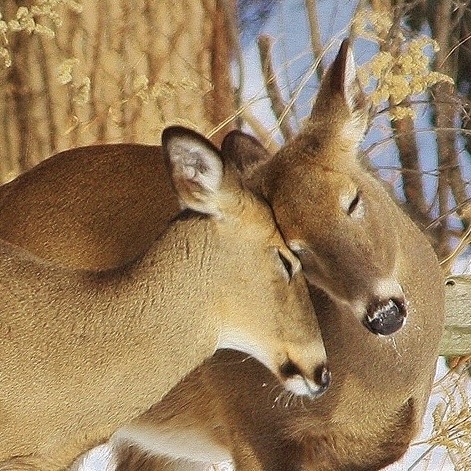
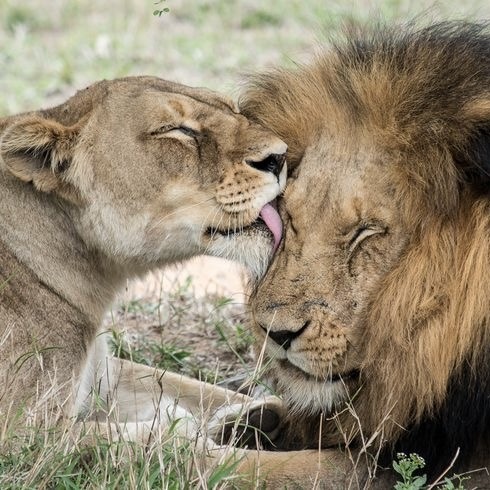




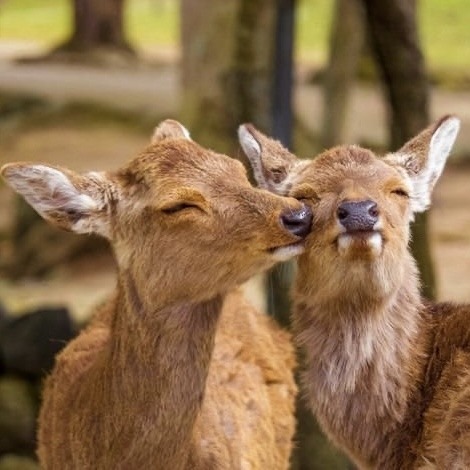


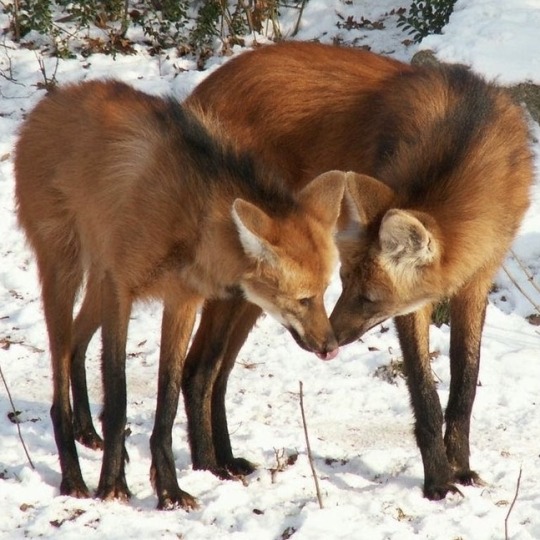


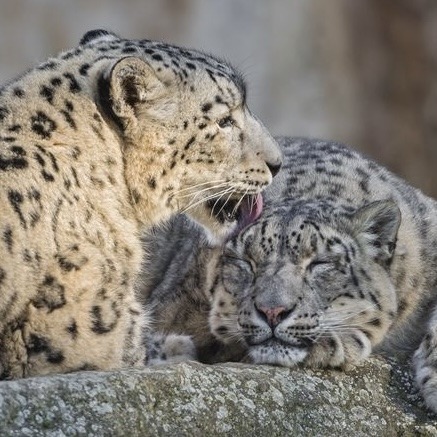
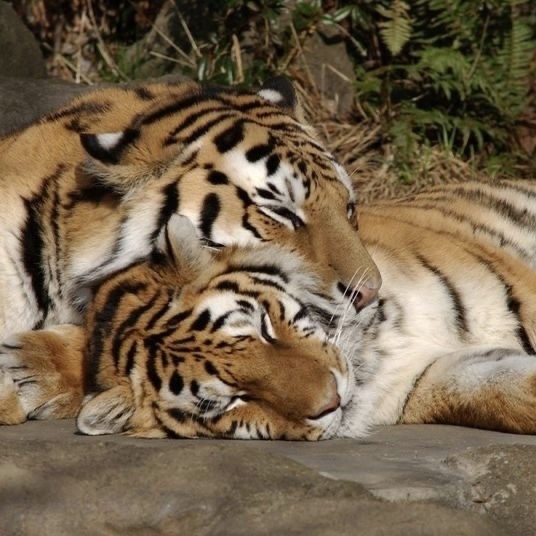

LOVE IS EVERYWHERE !
#most of these are familial btw ^_^#and the gay penguins#☆#🐯#ferret (mustela furo)#serval (leptailurus serval)#virginia opossum (didelphis virginiana)#common raven (corvus corax)#red fox (vulpes vulpes)#cheetah (acinonyx jubatus)#eurasian lynx (lynx lynx)#wolf (canis lupus)#ural owl (strix uralensis)#white-tailed deer (odocoileus virginianus)#lion (panthera leo)#sea otter (enhydra lutris)#brown bear (ursus arctos)#capybara (hydrochoerus hydrochaeris)#whale shark (rhincodon typus)#sika deer (cervus nippon)#king penguin (aptenodytes patagonicus)#domestic cat (felis catus)#maned wolf (chrysocyon brachyurus)#orca (orcinus orca)#harbour seal (phoca vitulina)#snow leopard (panthera uncia)#tiger (panthera tigris)
244 notes
·
View notes
Text
Daily critter fact #2
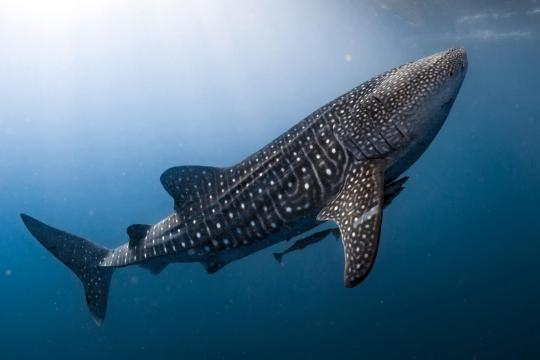
The Whale Shark, Rhincodon typus, is the largest living shark as well as the largest living fish. They are easily identified by their size, head shape, and pattern.
#fish#sharks#Shark facts#Daily critter facts#Might change it to just critter facts later#Whale shark#Rhincodon typus
65 notes
·
View notes
Note
Hey blue, could you tell me about whale sharks? :]
-LT
WHALE SHARKKSSSSSSS
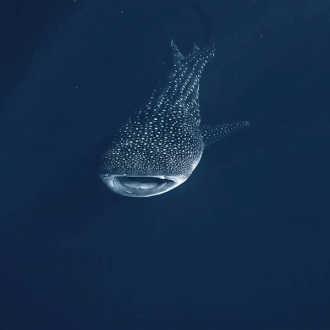
Whale sharks (scientific name Rhincodon Typus) are the largest fish in the sea (specifically females)! The longest whale shark recorded is 61.5 feet long, and the heaviest about 47,000 pounds, or 23.5 tons! Their mouths can be around 4-5 feet wide. They also have the thickest skin of any animal, with various sources estimating it to be anywhere between 4-11 inches thick! Their spot patterns are unique like fingerprints and can be used for identification.
Whale sharks are gentle, slow swimming (up to 3 mph) filter feeders that swim around, open their mouth, suction in water like a vacuum, and eat the little organisms that end up inside! These include plankton, krill, and squid! They have tiny little teeth on the inside of their mouth so when the water floods in, the organisms are trapped in the mouth, and then the water goes back out their gills. They have very small throats so they can only eat small organisms, and as such, they pose no threat to humans.
Like many types of sharks, whale sharks are covered in teeth-like scales called dermal denticles that reduce drag while swimming. However, unlike most sharks, whale sharks have these denticles ON THEIR EYES! It is thought to be that this is a method of protecting the eye, and whale sharks can also retract their eyes between 1/2 inch and 1 inch into their skulls to protect them.
Another fun fact is that no one has ever seen a whale shark give birth!! However, it is known that whale sharks are ovivipariois, meaning the pups (baby whale sharks) hatch from eggs while still inside the mother and then the mother gives birth to live young. A pregnant whale shark was caught and the number of embryos inside her were counted at around 300, so it’s estimated they give birth to about 300 pups at a time. Unfortunately, whale shark pups do have predators including other shark species and orcas, even though adult whale sharks are mainly only threatened by humans, and the survival rate of a whale shark pup to adulthood about one in ten.
Human threat is of high concern to whale sharks, as they are an endangered species. Habitat loss due to overfishing and pollution, illegal poaching and selling of whale shark fins, oil, and meat, entanglement in nets and other debris, boat strikes, and unsustainable tourism all pose threats to these remarkable creatures. However, sustainable ecotourism provides a valuable incentive to keep these animals thriving and their environments intact.
Whale sharks are highly migratory animals that prefer deep trenches of water next to a shallower shelf, as nutrients rise into the shallow water and then they can dive to feed on plankton, krill, squid, etc before coming up to warm back up in the shallow area. Prime coastal feeding spots (at certain times in the season) include Ningaloo Reef in Australia, Cancun, Isla Mujeres, and Isla Holbox in Mexico, Mafia Island in Tanzania, Utila in Honduras, Donsol Bay in the Philippines, the Galápagos Islands, Tofo Beach in Mozambique, and the South Ari Atoll in the Maldives.
For many of these places, ecotourism involving whale shark snorkeling excursions has boosted the area’s economy while providing a powerful incentive for the natural environment to be preserved. However, overcrowding can prove a danger to these beautiful fish, so an ethical whale shark snorkeling trip must: forbid “chumming the waters” or feeding the whale sharks to attract them, limit the number of tourists and boats in the area at a time, only allow snorkeling so the whale shark can safely and quickly swim out of a tourists’ reach if frightened or distressed, and prohibit tourists from touching the whale sharks because touching a whale shark can disrupt the delicate mucous membranes over their skin that help protect them from parasites and bacteria.
I fell in love with whale sharks after seeing them at the Georgia Aquarium in Atlanta, the only aquarium in the West to house whale sharks. These whale sharks came from Taiwan, in the mid/late 2000s, and were transported by a UPS plane in specially built tanks!
Links for if you want to learn more, assist conservation, or just for fun!
World Wildlife Fund: Facts and Conservation (article)
WWF: Adopt a Whale Shark (and receive whale shark stuffie!)
Britannica: Whale Sharks
Georgia Aquarium: Whale Shark Facts (article)
How the Whale Sharks got from Taiwan to Atlanta (video)
One Minute Whale Shark Informational Video
Watch a livestream of the whale sharks at the Georgia Aquarium!!
One of my whale shark stuffies
Yellow lab kisses a whale shark (my favorite video on the Internet)
Whale Shark Octonauts (it’s literally so cute) and creature report song. (both videos)
38 notes
·
View notes
Text
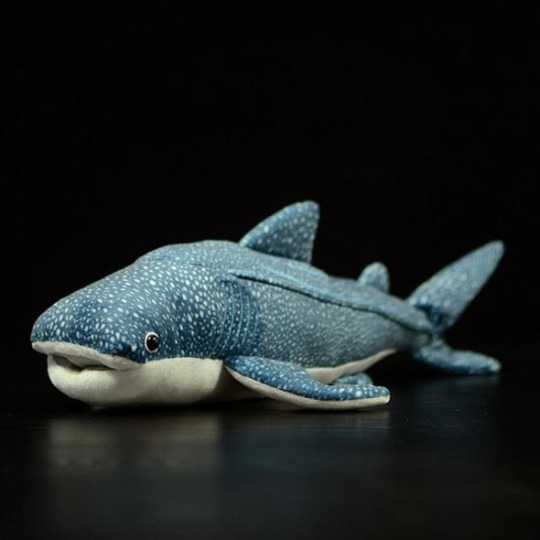
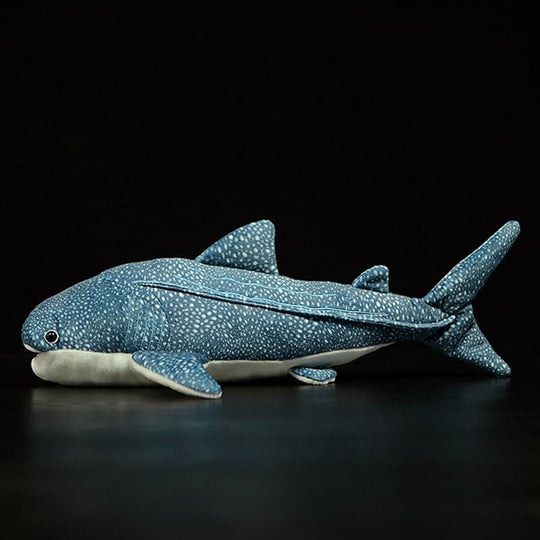
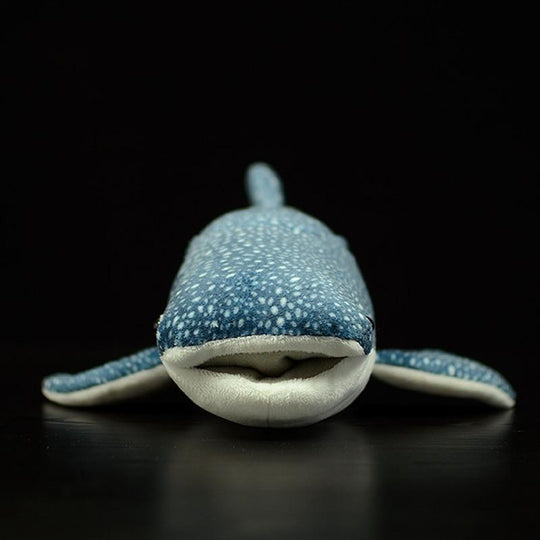



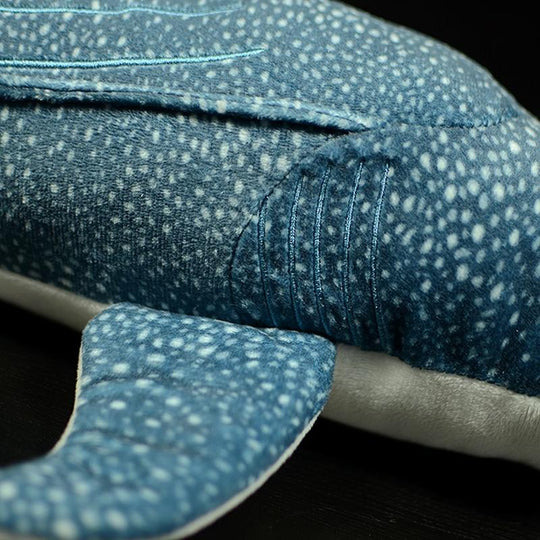

Whale Shark Plushie
#chondrichthyes#elasmobranch#selachimorpha#orectolobiformes#rhincodon typus#whale shark#plushie#stuffed animal#shark#fish
127 notes
·
View notes
Text
🩵🩵Rhincodon Typus🩵🩵
4 notes
·
View notes
Photo

Requin-baleine (Rhincodon typus)
Photo : Josiah William Gordon
8 notes
·
View notes
Photo
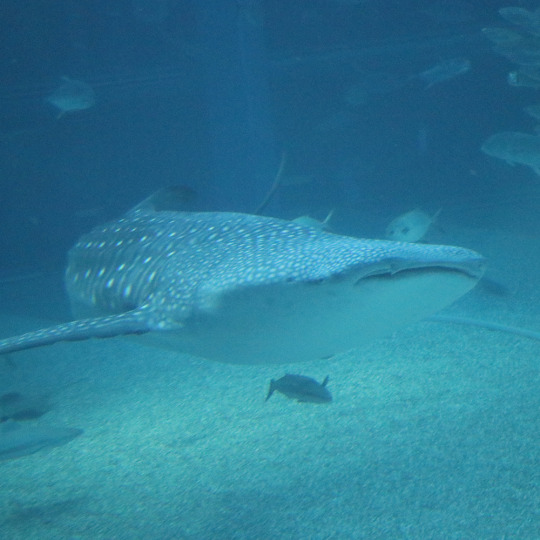
結構撮ったはずなのにジンベエザメのろくな写真がないんだが何?
10年前にきた時はいなかったので海遊館のジンベエザメ初です
@海遊館
29 notes
·
View notes
Text

MerMay's 21st mermaid was a Whale Shark! I love these gentle giants!
They're so cool I made him giving a diver a brofist!
#art#mermay#mermay 2023#mermaid#whale shark#rhincodon typus#brofist#diver#fish#pencil#traditional art#daily#artists on tumblr#valerianart
3 notes
·
View notes
Text

The God’s Advisor -
1 note
·
View note
Text


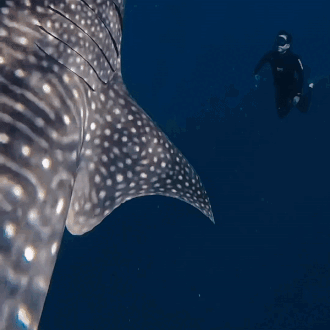



dancing with a gentle giant, the whale shark | source
#stim#whale sharks#whale shark#sea creatures#sfw#blue#black#gray#grey#white#diving#divers#people#animals#carpet sharks#rhincodon typus#chondrichthyans#hands#underwater#water#nature#ishy gifs#postish
710 notes
·
View notes
Text
"Mexico’s government recently announced the creation of 20 new protected areas across 12 states and two coastal areas in the country, covering roughly 2.3 million hectares (5.7 million acres). This follows a series of budget cuts to the nation’s environmental agencies.
Officials introduced four new national parks, four “flora and fauna protection areas,” seven sanctuaries, two biosphere reserves and three “natural resources protection areas” under the protection of the National Commission of Protected Natural Areas (CONANP).
“This is a commendable step toward biodiversity conservation and environmental protection,” said Gina Chacón, director of the Wildland Network’s public policy program in Mexico. She told Mongabay these new areas will help preserve the country’s rich ecosystems, foster sustainable practices and protect a broad range of important species and habitats. Though some environmental and Indigenous groups are wary the budget cuts could hinder efforts to conserve these areas.
The newly protected areas will preserve habitat and ecologically important marine areas for various species, including whale sharks (Rhincodon typus), Mexican prairie dogs (Cynomys mexicanus) and jaguars (Panthera onca). They will also help safeguard ecologically important coral reefs and areas of cultural significance to Indigenous communities.
Bajos del Norte, a new national park in the Gulf of Mexico, is the largest new protected area, covering 1,304,114 hectares (3,222,535 acres), almost nine times the size of Mexico City. The area is important to the more than 3,000 families that belong to fishing communities on the Yucatán coast. It is also one of the main grouper fish (Epinephelinae) reproduction sites in the Gulf of Mexico and will safeguard threatened species, such as the rocky star coral (Orbicella annularis) and the hawksbill turtle (Eretmochelys imbricata).
Joaquín Núñez Medrano, the secretary of the UEFAHG or Union of Forestry and Agricultural Ejidos Hermenegildo Galeana A.C. (Unión de Ejidos Forestales y Agropecuarios Hermenegildo Galeana), lives in an ejido — a type of communally owned land used for agriculture and forestry purposes — called Cordòn Grande in Sierra Grande of Guerrero, along the Pacific Coast. For more than 10 years, Medrano’s community has monitored species such as the jaguar and sustainably managed the ejido’s natural resources, without government assistance.
But now, the ejido has been designated a protected area in this latest round of decrees, as it falls inside part of the new Sierra Tecuani reserve. “The goal is to strengthen what we have already been doing but with support to do it much better,” he told Mongabay.
The second- and third-largest newly protected areas are Sierra Tecuani, a 348,140-hectare (860,272-acre) biosphere reserve threatened by illegal logging, forest fires and land use changes, and the Semidesierto Zacatecas Flora and Fauna Protection Area, which is important for the recovery of the Mexican prairie dog.
The state of Oaxaca is where the government created the most new protected areas, numbering three: the 90-hectare (222-acre) Playa Morro Ayuta Sanctuary, the 56-hectare (138-acre) Barra de la Cruz-Playa Grande Sanctuary and the 261-hectare (645-acre) Playa Cahuitán Sanctuary. Other protected areas were created in the states of Quintana Roo, Veracruz, Campeche, Nayarit, Zacatecas, Chiapas, Colima, Durango, Jalisco, Chihuahua, Guerrero and the State of Mexico...
President Andrés Manuel López Obrador has protected more areas than any previous administration, with a total of 43 new areas across 3 million hectares (7.4 million acres). But Mexico’s Secretariat of Environment and Natural Resources (SEMARNAT), which works to safeguard the environment, has become severely cash-strapped throughout his six-year term.
SEMARNAT is one of many sectors in Mexico undergoing funding cuts. In recent years, Obrador’s government has implemented a series of strict austerity measures to free up more money for other areas like pensions and wages, boosting the leader’s popularity among citizens, particularly the working-class. Judicial workers, health services and academia have also had their budgets slashed in 2024...
Juan Bezaury-Creel, the director of the organization Fundación BD BioDiversidad Mexicana, said a protected area is better than no protected area because, once a decree is formalized, the government has a duty to protect it. However, this puts “huge pressure on existing personnel because they have to take care of more surface area with less resources,” he told Mongabay.
“The personnel from CONANP are heroic,” he said. “They are putting their lives on the line many times with little budget and little help.”"
-via Mongabay, January 25, 2024
#mexico#lopez obrador#andrés manuel lópez obrador#protected areas#environment#deforestation#environmental issues#national park#gulf of mexico#yucatán#oaxaca#endangered species#good news#hope#whale shark#prairie dog#jaguar
336 notes
·
View notes
Text

Whale Shark (Rhincodon typus), family Rhincodontidae, order Orectolobiformes, Flower Garden Banks National Marine Sanctuary, off the coast of Texas, USA
ENDANGERED.
Known as the largest fish in the world., it grows up to 72 ft. long.
Photograph by FGBNMS/Eckert
#whale shark#rhincodon#rhincodontidae#Orectolobiformes#shark#elasmobranch#fish#ichthyology#ocean#north america#animals#nature
352 notes
·
View notes
Text
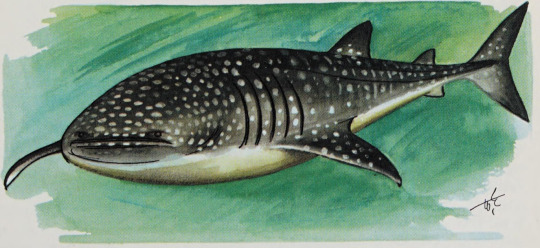
Whale shark (Rhincodon typus)
Fishes of the World. Written by Hans Hvass. Illustrated by Wilhelm Eigener. Originally published in 1964.
Internet Archive
163 notes
·
View notes
Text
Hi ho, hi ho, it is Whale Shark Wednesday
(don't ever actually hop on a shark, btw)
#whale shark#rhincodon typus#chondrichthyes#elasmobranchs#selachimorpha#orectolobiformes#rhincodontidae#shitpost#meme#atlantis#tumblr calendar
3 notes
·
View notes